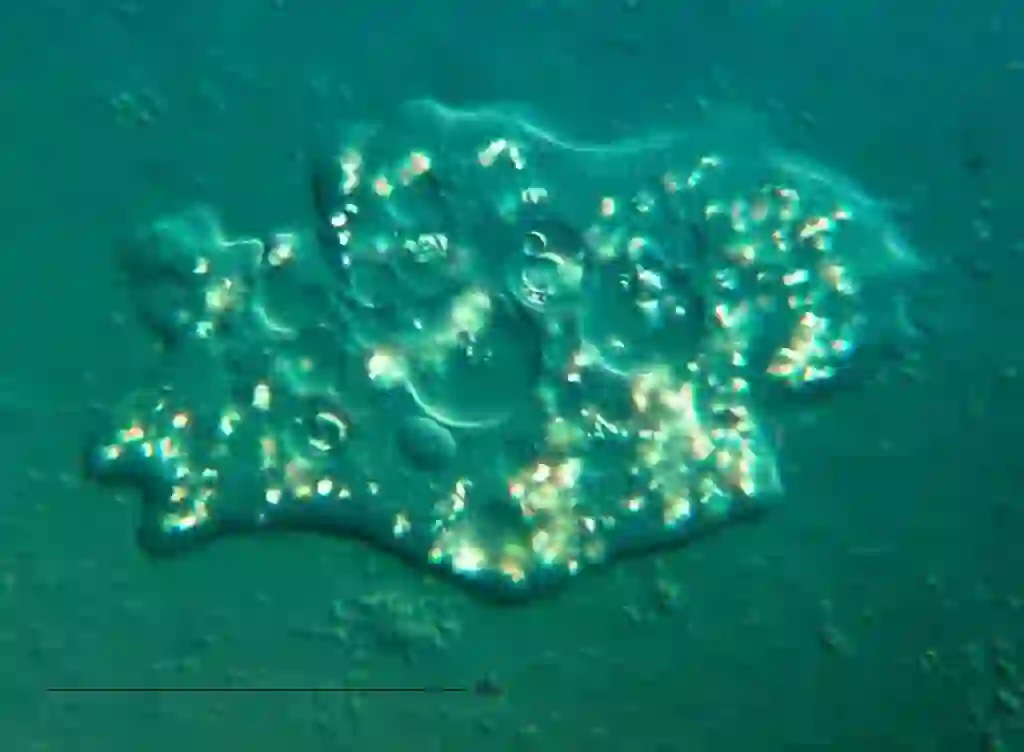
Amoeba
Amoeba
Amoeba
You may often see amoebas, which are also called slimes, in anime and games, but do you think they are fictional creatures? Actually, amoebas are real organisms that exist in the real world! We will introduce you to the amoebas that may be a little different from what you imagine.
Amoeba Basic Infomation
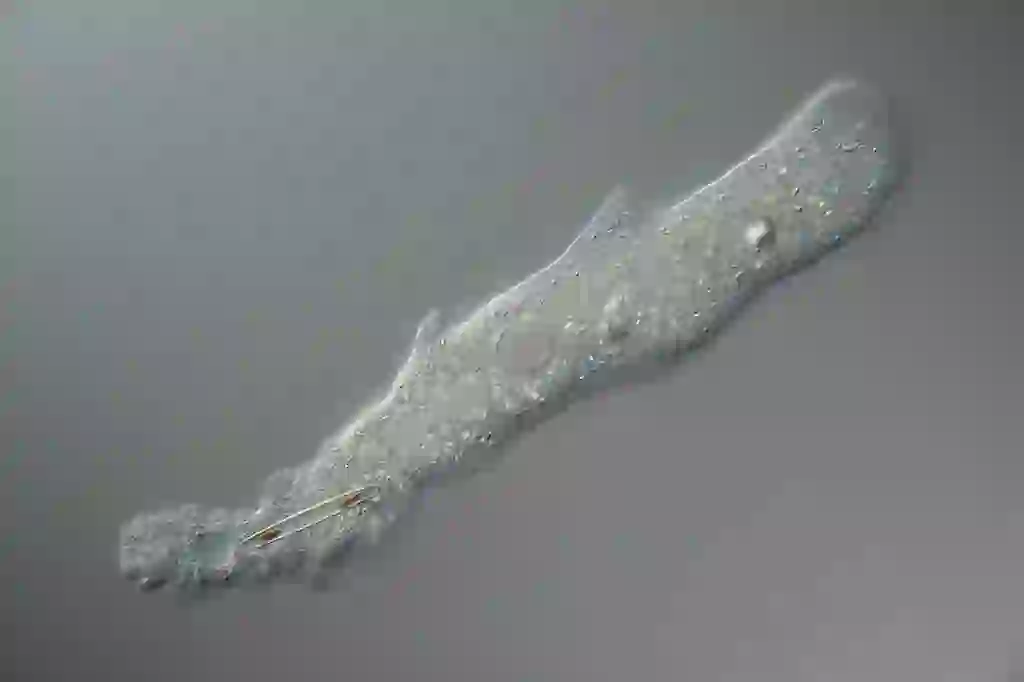
Amoebozoa (Subphylum Lobosa・Conosa・Subphylum Protamoebae).
Large 1㎜ most are 10-100㎛ (1㎜=1,000㎛).
All over the world except Antarctica.
Amoeba Q&A

What do amoebas eat?
They enclose small plankton such as Tetrahymena, which are relatives of paramecia, with their extended bodies and take them into their bodies. Instead of eating something from their mouths like us, they wrap their prey with their bodies and absorb them little by little.
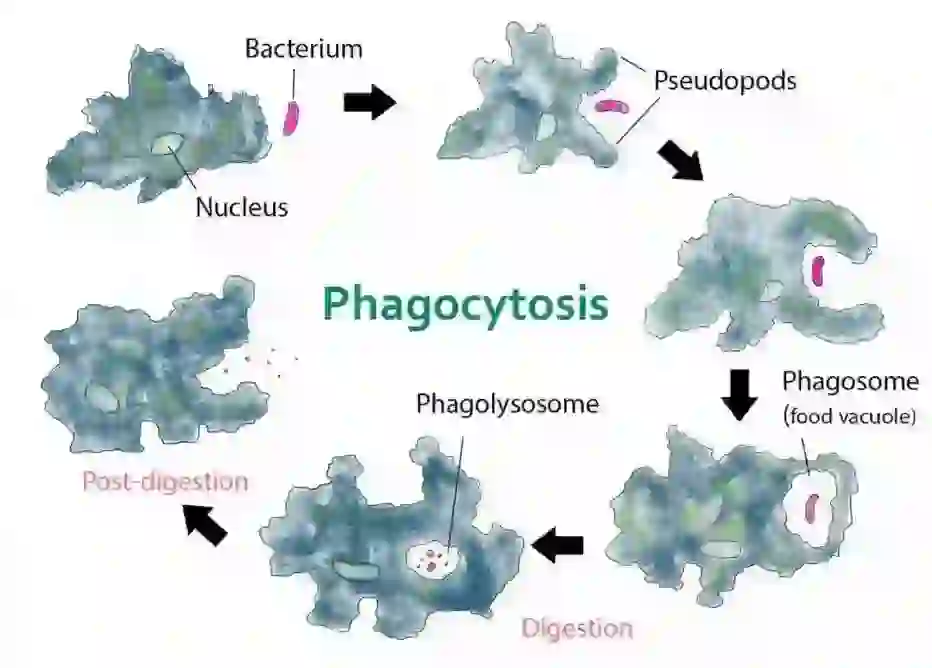
Can you catch an amoeba?
You can catch them because they also live in Japan.
If you look closely at the rice fields or small ponds, you may see very small creatures moving in the water. Also, if you look carefully at the surface of fallen leaves that are sinking to the bottom of the water, you may see small whitish things moving. They are probably amoebas. However, it is rare for amoebas that can be seen with the naked eye to multiply in large numbers, and finding them requires a little luck. It is also common to think that it is an amoeba and find out that it is a planarian (a creature that does not die even if you cut it).
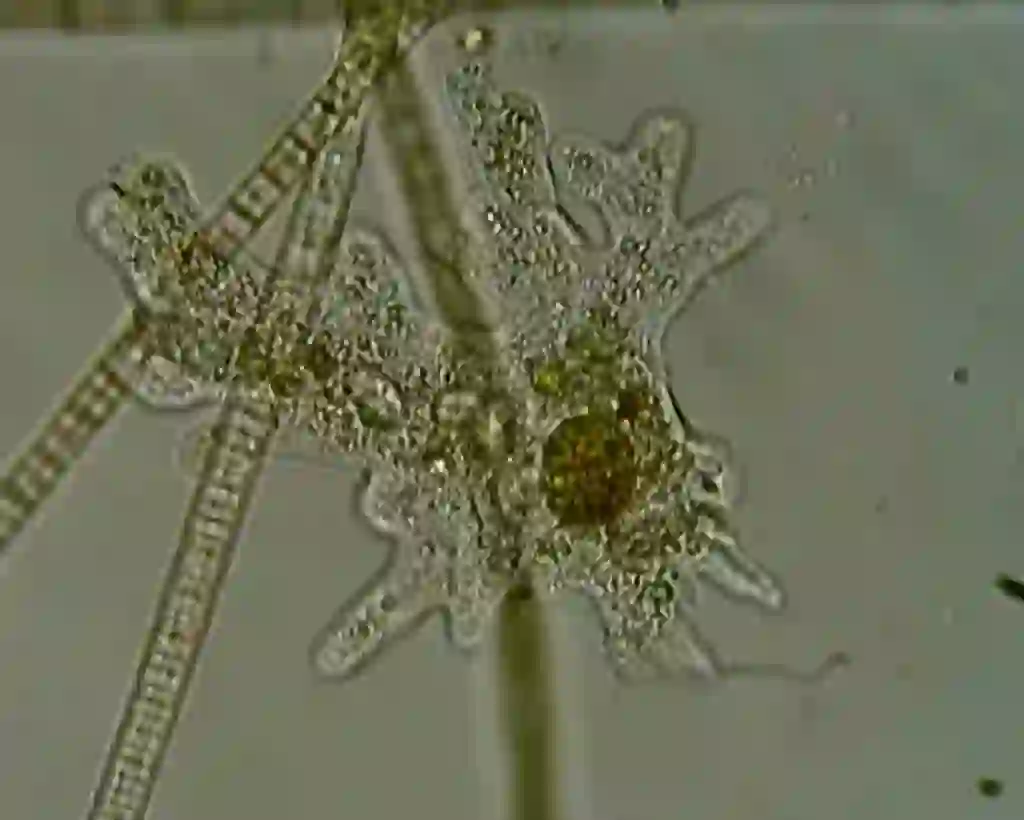
What are the famous amoebas?
Amoebas are creatures that still have many unknowns, and it is quite vague which creatures are called amoebas and to what extent. Even so, have you ever heard of words such as mitochondria and chloroplasts in science classes for 3rd to 6th graders in elementary school? They are also said to be amoebas in terms of classification. However, it is a very vague distinction, so the textbooks in a few years may have different things from now.

Are amoebas scary creatures?
There is a type of amoeba called Naegleria fowleri, and this type is scary. Naegleria fowleri is commonly known as the killer amoeba, and it is called this because it enters the brain through the nose and causes olfactory impairment, nausea, vomiting, fever, headache and rapid death. The symptoms caused by Naegleria fowleri are called PAM, and they are mainly reported in the United States, where about 8 people are infected and die each year. The mortality rate is quite high, and only 3 people survived out of 134 patients since 1972.
Naegleria fowleri lives in warm water between 20 and 35 degrees Celsius, such as lakes and hot springs. In Japan, only one case of infection has been reported, but the route of infection is unknown. There are said to be more infected people in Asia and Africa, but the exact number of infected people is unknown. In Japan, there is only one report of infection, but the rice fields and hot springs in Japan are ideal habitats for Naegleria fowleri. Therefore, the prevention of infection is to avoid swimming in rice fields (I don’t think you would swim there anyway…) and not to submerge your head in hot springs.
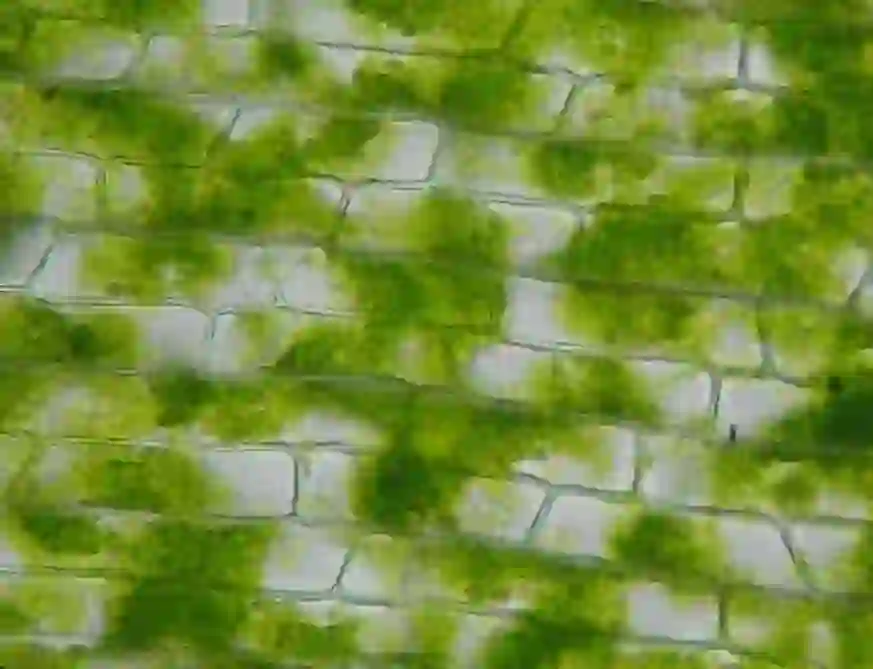
Is it true that people can't live without amoebas?
This is true.
Actually, there are cells in our body that move like amoebas (without shells or other structures, and move like slimes), and they are classified as amoebas. They are the white blood cells in our blood. They usually flow in the blood in a round shape, but when there is a wound or bacteria invade, they move their bodies flexibly and take in and digest the bacteria inside the body. Therefore, white blood cells are also classified as amoebas.
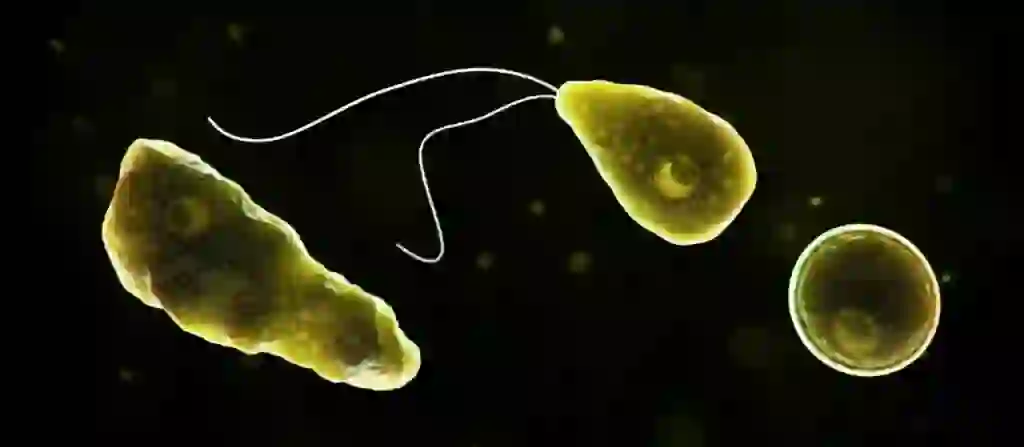
How do amoebas multiply?
No reproductive organs have been confirmed in the amoebas that have been identified so far. Therefore, there is no difference between male and female, and amoebas do not increase by producing children or eggs. Amoebas multiply by dividing. Their multiplication speed is quite fast, and if there is food and the water temperature is suitable, they will divide at a rate of about once a day.
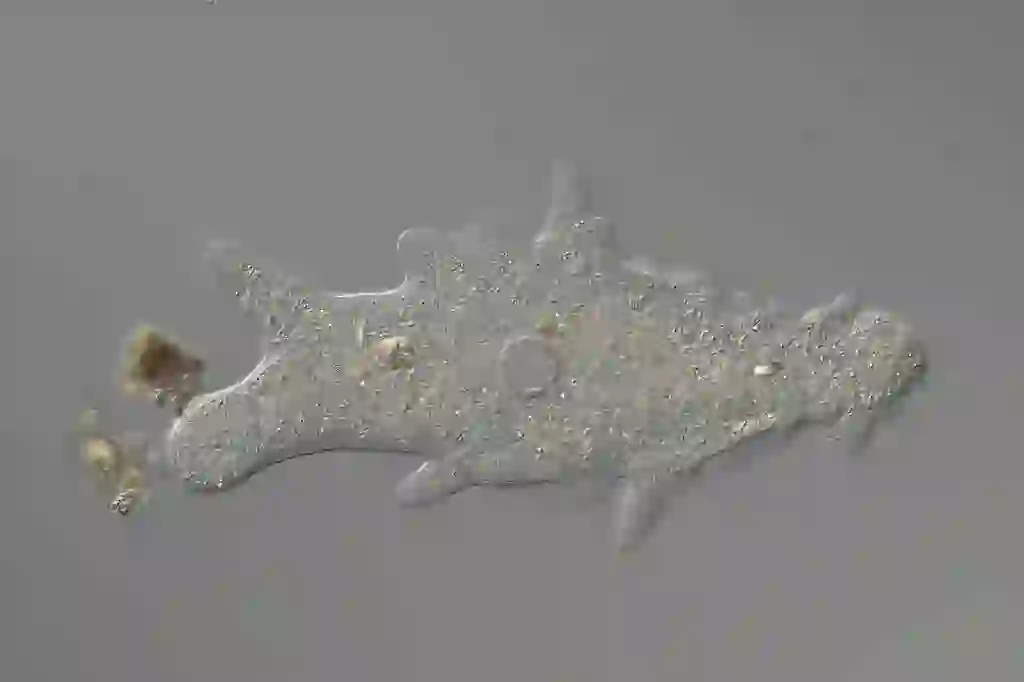
How long do amoebas live?
It is said that amoebas do not die of old age, but only die of environmental changes or other factors. This means that they are immortal creatures with infinite lifespans.
Also, they are said not to age, so they are ageless and immortal creatures. Amoebas may be creatures that have lived for billions of years.

Would you like to become a part of the 'Animalbook.jp'?
Turn your knowledge into Q&A and share it with the world. ※Publication will be activated after purchase. Let's share information together!
Amoeba Type of List
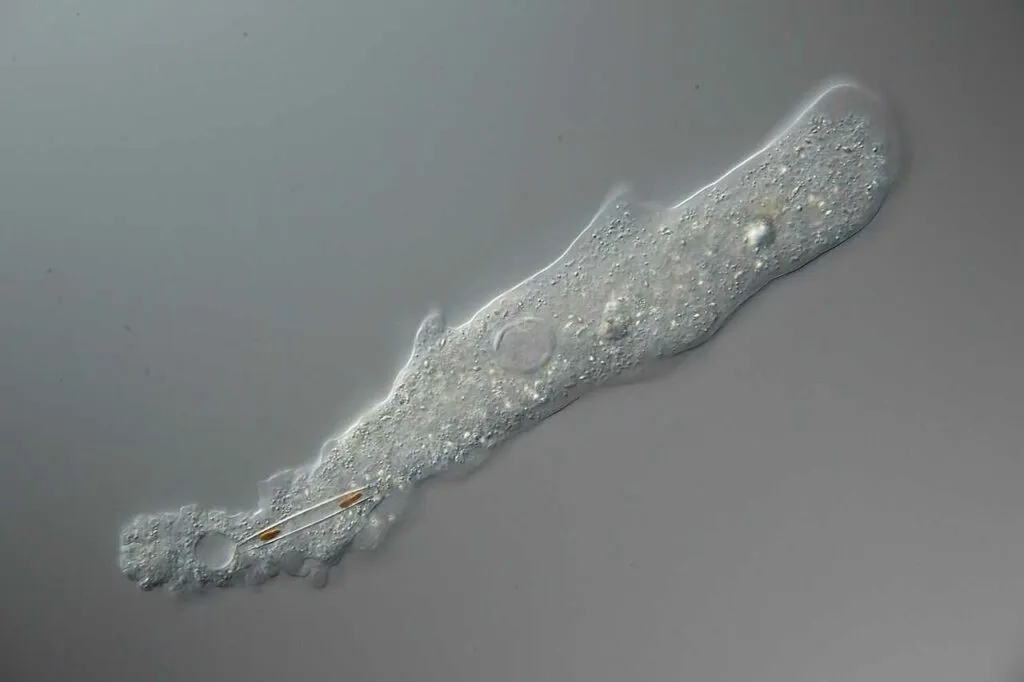
Tubulina. Amoebidae. Amoeba proteus, Chaos, Hydramoeba hydroxena. Entamoebidae, Entamoeba (E. histolytica), E. gingivalis, E. coli, Iodamoeba, Dientamoeba. Hartmannellidae. Saccamoeba limax.
Thecina. Thecamoebidae. Thecamoeba, T. striata, T. verrucosa. Striamoebidae. Striamoeba. Discamoebidae. Discamoeba.
Flabellina. Hyalodiscidae. Hyalodiscus. Flabellulidae. Flabellula.
Conopodina. Mayorellidae. Mayorella. Paramoebidae. Paramoeba.
Acanthapodina. Acanthamoebidae. Acanthamoeba. Echinamoebidae. Echinamoeba.
Information
Congratulations! You are the first commenter!

Create Your Favorite List!
Amoeba
Save the animals you love! Build your own list to quickly revisit your favorites later.

Would you like to leave a comment?
※Please note: This is for the purchase of rights to post comments within the article.
Find Your Favorites!
Our shop offers a unique and attractive selection of goods themed around various animals.
Amoeba References

- ウィキペディアフリー百科事典 アメーバ https://ja.wikipedia.org/wiki/アメーバ
- Yahoo!Japanきっず アメーバ https://kids.yahoo.co.jp/zukan/animal/kind/protist/0001.html
- 生態運動マシナリー図鑑 オオアメーバ http://motility-machinery.jp/?p=155
- NHK for School ミクロワールド変幻自在 アメーバの不思議 https://www2.nhk.or.jp/school/movie/outline.cgi?das_id=D0005100085_00000
- ウィキペディアフリー百科事典 フォーラーネグレリア https://ja.wikipedia.org/wiki/フォーラーネグレリア
- MOM 日本でも脳を食べる殺人アメーバの感染や死亡は?田んぼや温泉も危ない? https://mamagyou.com/column/murder-amoeba/
Amoeba Introduction of media used

出典:https://commons.wikimedia.org/wiki/File:Amoeba.png

出典:https://pixabay.com/images/id-6258212/
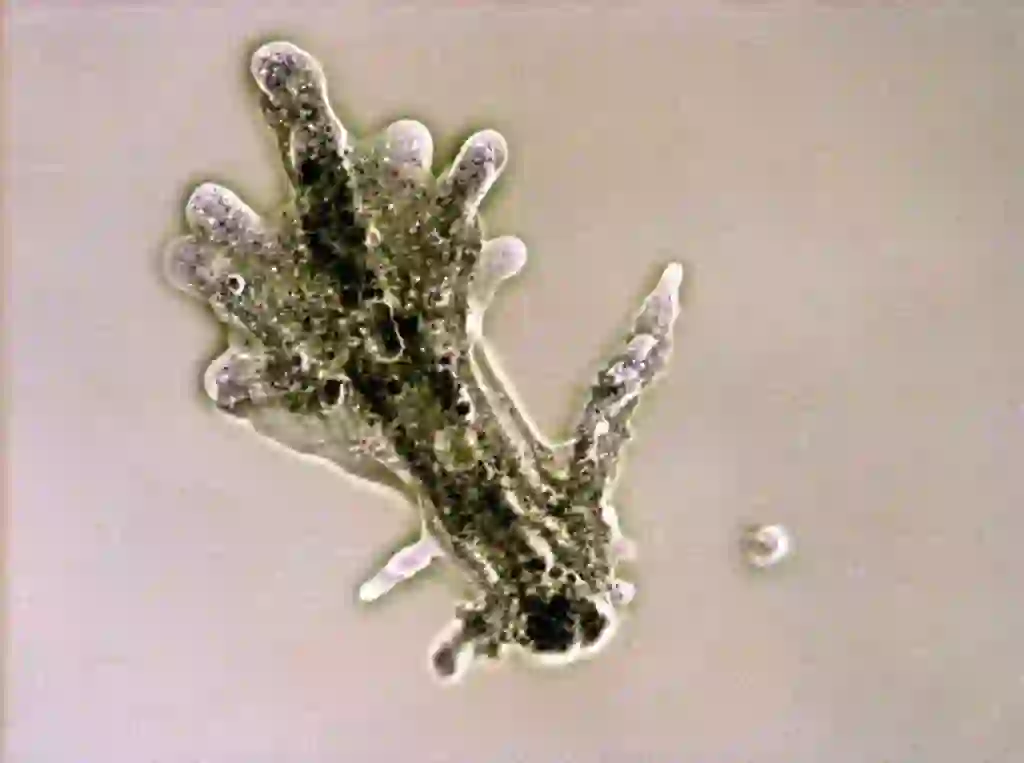
出典:https://commons.wikimedia.org/wiki/File:Amoeba_proteus.jpg

Help Enrich Our Animalbook.jp with Your Media!
We are constantly looking to expand and enrich our Animalbook.jp with amazing photos and videos of animals. If you have any media that you'd like to share, please contribute and help us showcase the beauty and diversity of the animal kingdom. Your submissions will be credited and featured in our encyclopedia, reaching a wide audience of animal lovers.
















